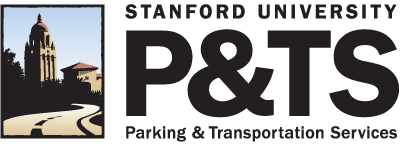
Stanford P&TS: Developing incentive programs for sustainable transportation
The Parking and Transportation Services department at Stanford University administers programs to encourage Stanford employees, students, and affiliates to commute to campus in environmentally sustainable ways. These include Caltrain and VTA subsidies, carpool credits, the bicycle program, and the campus Marguerite shuttle. P&TS conducts an annual survey of Stanford commuters to better understand their needs and to inform the creation of new programs, and Stats for Good was enlisted to help in the analysis of survey results.
By combining survey responses with home address information of the respondents, we identified six geographic sub-regions of the San Francisco Bay Area that are differentiated by how residents in those regions typically commute to campus. Fitting latent factor models to the survey responses, we then identified sub-groups of commuters within each region who share many demographic characteristics and/or commute schedules and preferences. Among the identified groups are evening- and night-shift Stanford hospital employees living in the East Bay who indicate a lack of public transit and carpool options, certain San Francisco and San Jose residents (many of whom are students or non-employees) who are ineligible for P&TS Caltrain subsidies and indicate the cost of public transit as a major reason for driving to campus, and residents of towns neighboring Palo Alto who indicate a willingness to bike to campus if there are safer and more convenient bike paths and/or increased financial incentives. Our findings provided guidance to P&TS on possible new incentive programs that are tailored to specific sub-populations of Stanford commuters.